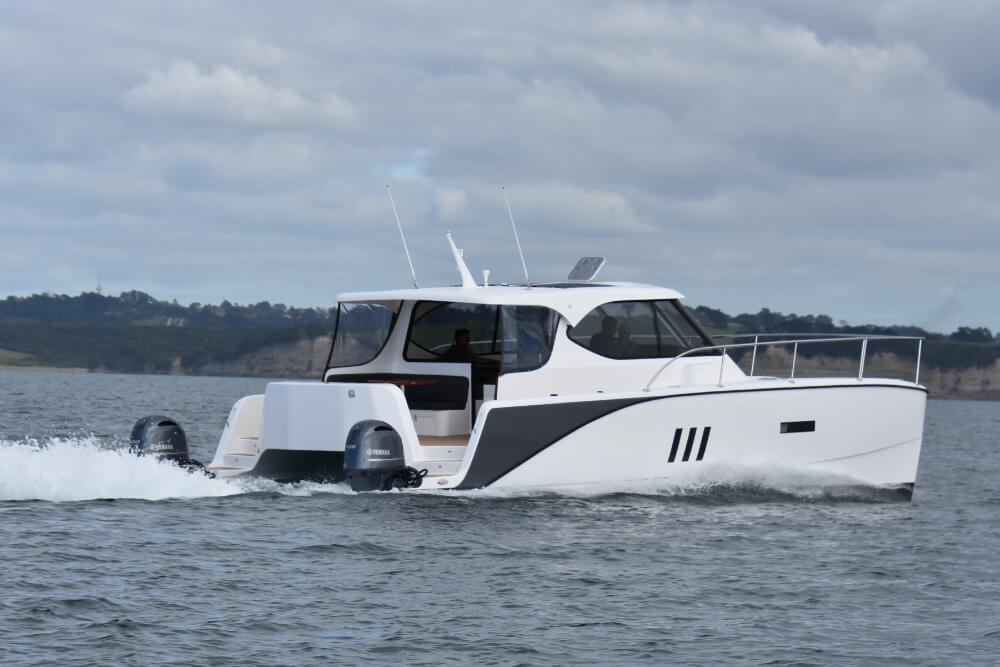A properly matched hull and propeller will get better fuel economy economy. A pair of Yamaha 150hp 4S outboards on this Prowler 10.8 proved an ideal match with great fuel great fuel efficiency.
The lower the fuel consumption, the happier the captain or boat owner, right? Saving fuel is an issue that “burns” many operators, especially when one or more high-horsepower outboard engines are mounted on the boat’s transom.
The most economical operating range for modern outboard engines is between 3000 and 4000 rpm corresponding to cruising speeds of about 20 to 35 knots in most rigid hull inflatable boat (RIB) applications. We primarily operate our engine or engines at this when we have to cover long distances.
In this article, we will try to explain the ways to reduce fuel consumption at low and medium rpm focusing on the factors that we can change.
The Following Parameters Will Help Improve Fuel Mileage:
PROPELLER SELECTION
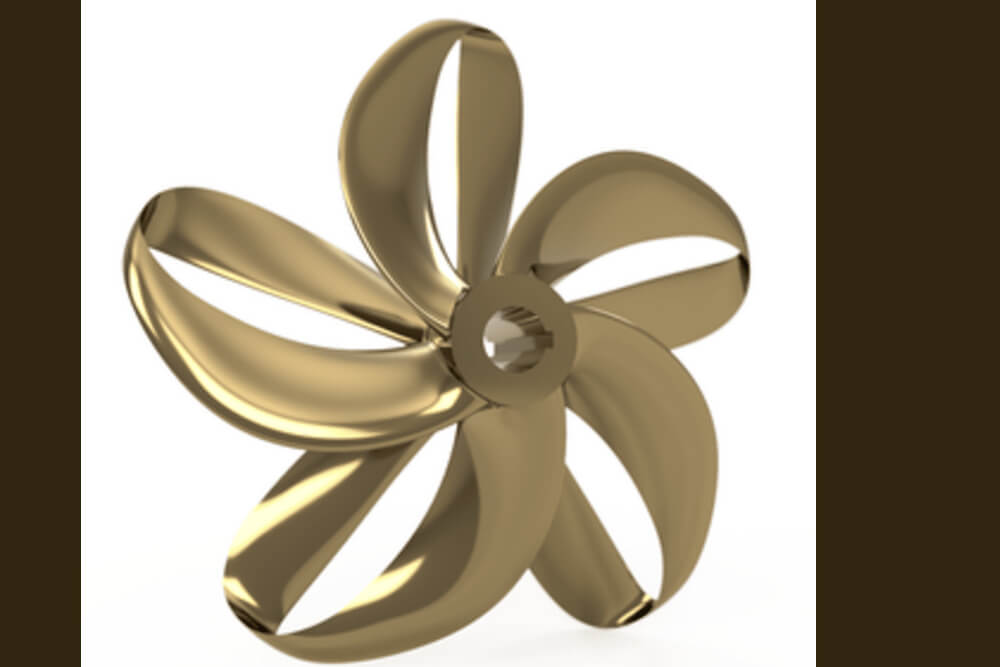
One of the major factors that affects the overall performance of our boat-engine combination and its fuel consumption is the propeller.
Matching the correct propeller to the boat can improve fuel economy. But don’t forget that the propeller must let the engine to reach at least until the middle of the maximum rpm range recommended by the manufacturer.
When possible, choose a larger diameter. A larger-diameter propeller generally gets better fuel economy at low and medium rpm than a smaller wheel because the bigger one slips less. When stepping up in diameter, we need to reduce pitch to retain the same engine rpm.
Looking at data accumulated in our many tests, a larger-diameter propeller can achieve 30% lower fuel consumption than a smaller one. An example is the lower fuel consumptions of the Eco Enertia compared to the Tempest Plus, the Mirage Plus or the Revolution 4 propeller, all of which are made my Mercury Marine.
A higher pitch propeller of the same model should achieve greater fuel economy at mid-range rpm. Suppose that the maximum rpm range of our engine is between 5700 and 6300 rpm and the propeller we have matched is the Revolution 4 19″ (48.26 cm) pitch that allows our engine to reach 6300 rpm.
We can switch to a 21” (53.34 cm) Rev 4, especially if we want to cover a large distance. This increases our cruising speed at the midrange rpm while reducing fuel consumption. Our engine’s rpm will drop but they will still remain near the middle of its maximum rpm range. The reduction of the fuel consumption at medium rpm is noticeable when we increase the pitch of our propeller by 2” (5.08 cm).
Beware, we must not fall into the trap of increasing the propeller pitch to the point sacrificing the boat’s performance at low rpm or the proper operation of our engine.
Choose a three-blade propeller instead of a four-blade in the same diameter. A three-blade propeller usually delivers better fuel consumption than a four-blade of the same diameter because the extra blade creates drag. The exception is when we’re carrying heavier loads.
The Sharrow Propeller is the first major advancement in propeller technology since the 1830s. Its design has solved the most basic problem of rotary propulsion. Specifically, tip cavitation and vortices have been eliminated or significantly reduced, providing as much as 30% more efficient between 2500-4000 rpm.
Engine Mounting Height
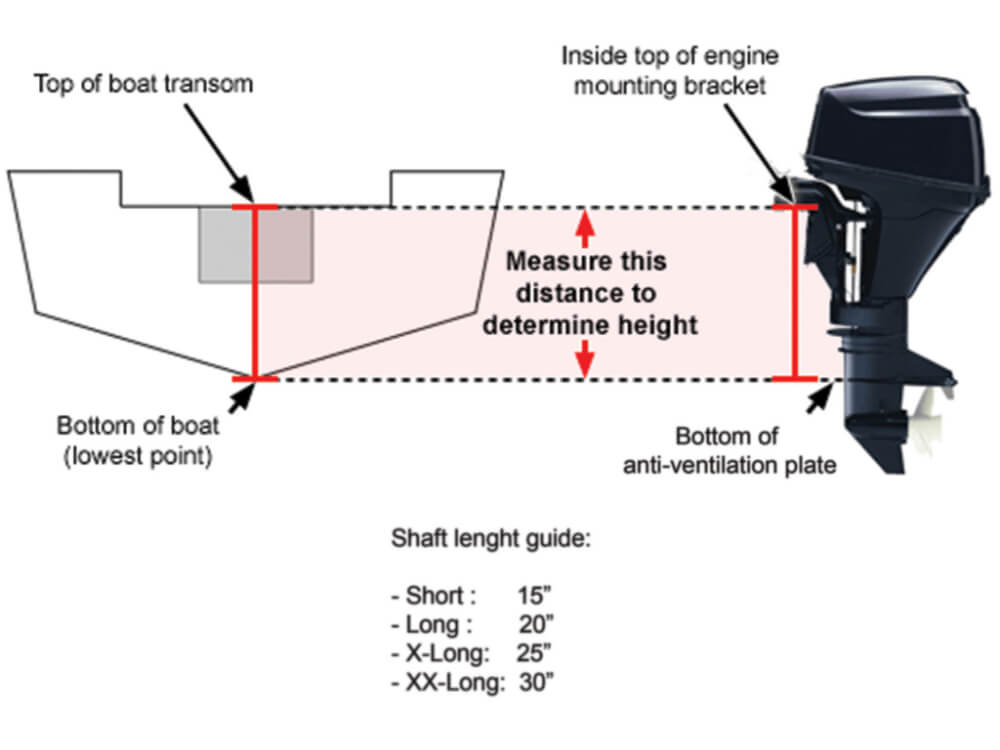
We all know that there is no ideal engine mounting height because it depends on many factors interacting together. Generally, it’s better to mount the engine as high as possible without adversely affecting low-rpm performance. Having less of the gearcase in the water helps improve fuel economy by reducing drag.
At this point, we acknowledge the value of a hydraulic jack plate that lets a user adjust the ideal engine height to achieve the maximum fuel economy in changing conditions and uses of the boat. Proper engine mounting height and the right propeller can give us up to 50% lower fuel consumption.
Proper Engine Trim
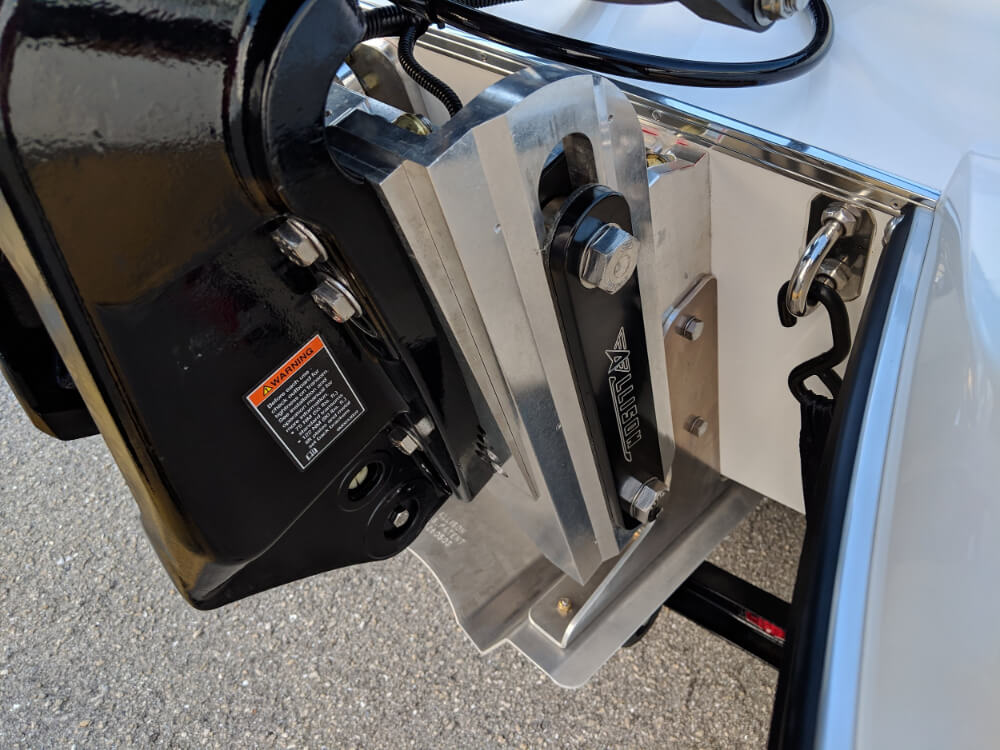
The proper adjustment of the engine’s trim during our ride determines the boat’s attitude, or the angle of the bow related to the surface. A boat’s attitude can significantly affect fuel efficiency. Knowing in advance the rpm range that produces the greatest economy, we use the throttle and trim to reach that setting.
How do we know the correct trim position? An experienced captain can determine the proper trim position by looking at the spray that exits from the side, watching the wakes and listening to the engine.
A less experienced operator should experiment with engine trim while observing the engine(s)’ the boat speed and fuel consumption to achieve the best combination of speed and fuel efficiency.
When the conditions and load permit, a driver should trim out the engine as to bring the cavitation plate parallel to the water surface. Usually the best trim position is a little bit higher than this because we reduce the exposure of the lower unit in the water while raising the bow. At same time, we try to keep as much of the hull out of the water minimizing wetted surface.
All the above recommendations lead to the most efficient running angle, minimizing the drag and improving the fuel economy.
Over-trimming the engine will cause the propeller to lose its bite and aerate, leading to reduced speed and increased fuel consumption.
Balancing Weight
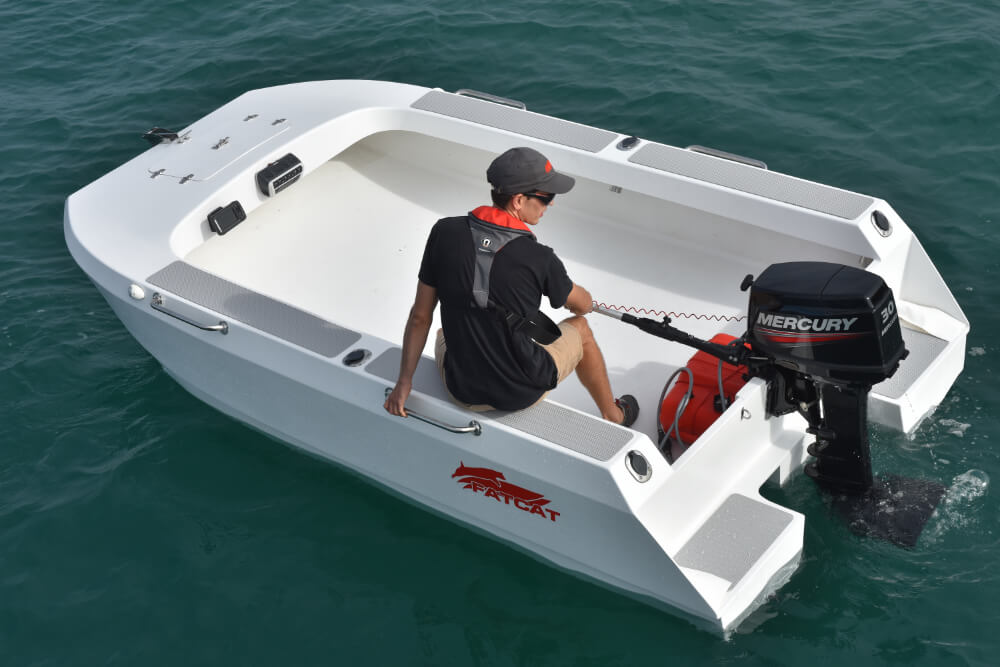
A heavy load and unbalanced weight distribution are the enemy of the centre of gravity and the correct attitude of a boat. Weight distribution can have a large impact on fuel consumption. This is why we must be particularly careful of the load and where it’s placed.
Extra load increases the wetted surfaces of the hull resulting to greater drag and fuel consumption. The heavier the load, the more the fuel is burned and most people bring aboard more than they need.
Remove everything you don’t need and load only what is necessary for each trip. There’s no need to carry extra refrigerators or spare anchors with many meters of chain when we will not need them. The same goes for fuel and water when we’re not traveling long distances. This of course does not mean that we are risking our safety for the sake of lower fuel consumption.
But even more important than the carrying loads is where they are located on board. Smaller boats and those with stepped bottoms are more sensitive to centre of gravity changes that greatly affect attitude. It can downgrade ride quality and increase fuel consumption, especially in bad weather.
Store heavier objects around the centre of gravity and on the aft third of your deck, placing the less heavy towards the bow. Keep the bow light so you can “listen” to the trim settings and stay high and dry during a trip.
Maintaining a Clean Hull
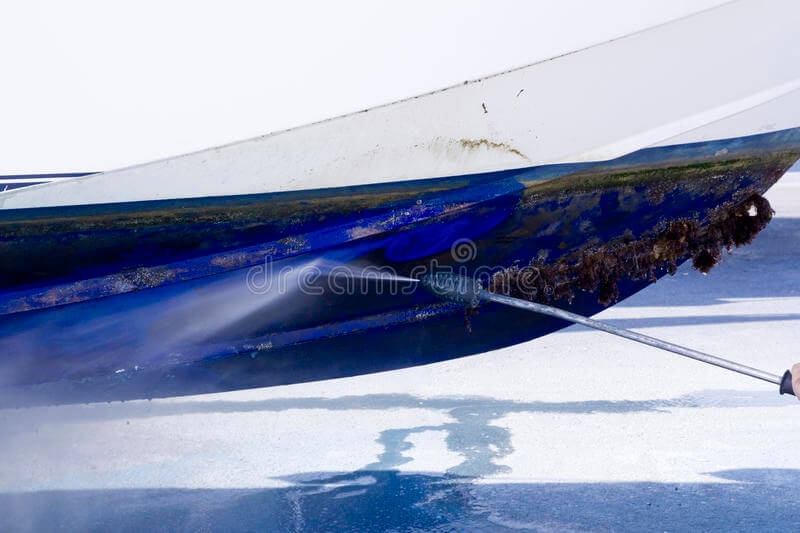
A clean hull is more slippery, goes faster and maximizes the fuel economy. Conversely a fouled bottom can cause reduced engine rpm, decreased speed and increased fuel consumption. Keep the bottom free of fouling to get the maximum performance.
Apart from the aforementioned factors, there are others that play an important role in fuel efficiency such as:
Driving Style
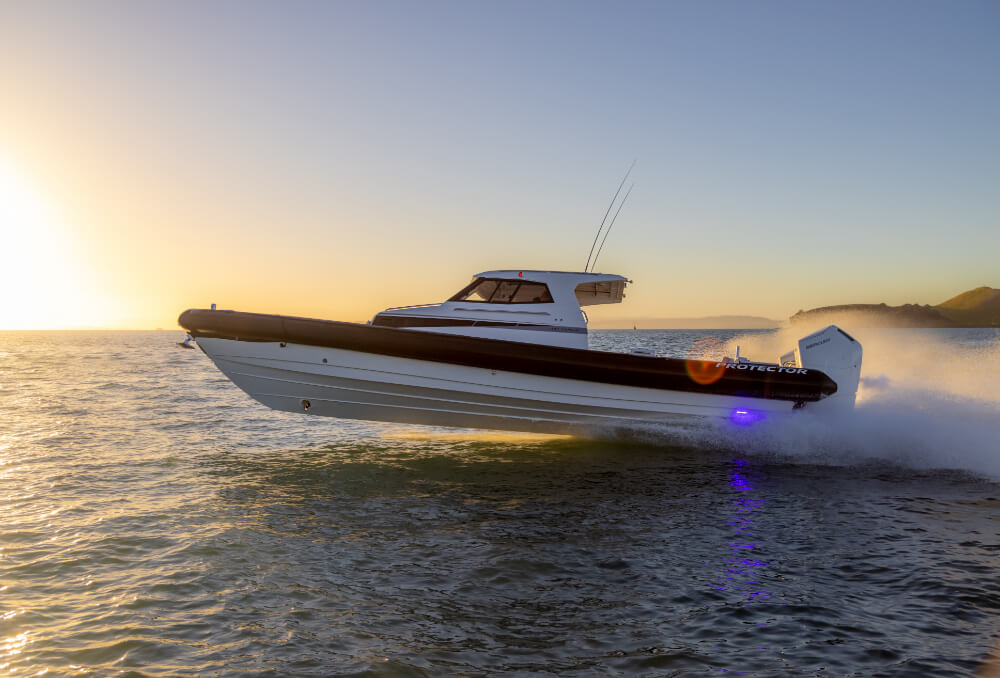
Handling the throttle smoothly, avoiding sudden acceleration and maintaining a steady course and consistent speed are sure to improve fuel economy. Keep the engine properly maintained and in good running order. Travel in good weather whenever possible and plan a course in advance.
Traveling with bad weather conditions increases fuel consumption because strong headwinds and rough seas create additional resistance and force us to alter our course and fluctuate our speed. When possible, travel with the sea on the quarter for greater fuel
Go Slower
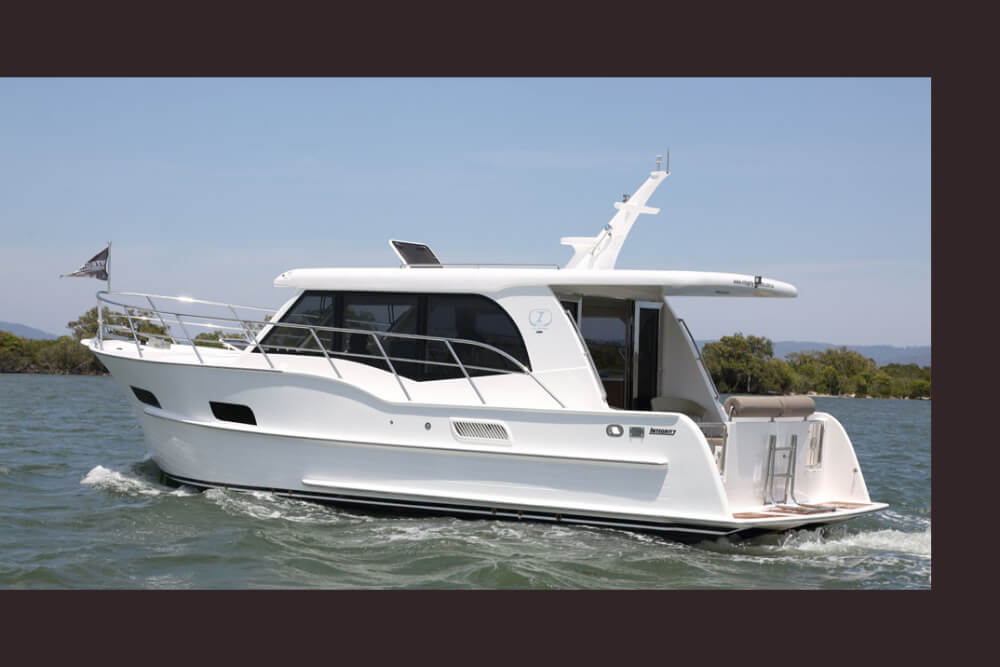
We’ve been trained to always go how fast a boat goes and that’s really not the most important metric. Better ask what is the boat’s most efficient cruising speed? Chances are that will be from 3500 to 4500 RPM, so find out what that speed is and run there. But the most fuel-efficient range is displacement speeds before the boat tries to start to climb its bow wave. There is no rule that says you have to be planing all the time. In fact, some of the most rewarding boating experiences of all are at 5 to 6 knots.
Reduce Weight
All but the largest boats are weight sensitive. You may not think an extra 200 pounds won’t count for much but it can. Older boats have a tendency to collect “stuff” that you rarely use. Get rid of it. Also, watch the levels of your water and fuel tanks. If you are only going to burn 20 gallons a day, take 30 but you really don’t need to lug around 100 just because that’s what the boat holds. Gasoline weighs 6.1 lbs. per gallon so that extra 70 gallons weigh 427 lbs.
We will never achieve optimum fuel economy if we don’t know our boat well, if we don’t handle it correctly or if it is not properly rigged. Think about how many hundreds of miles we cover every season and calculate how much money we can save by implementing the above tips to reduce fuel consumption.
Applying the tips recommended in this article will hopefully keep you from spending too much time and money on fuel in the upcoming season.


